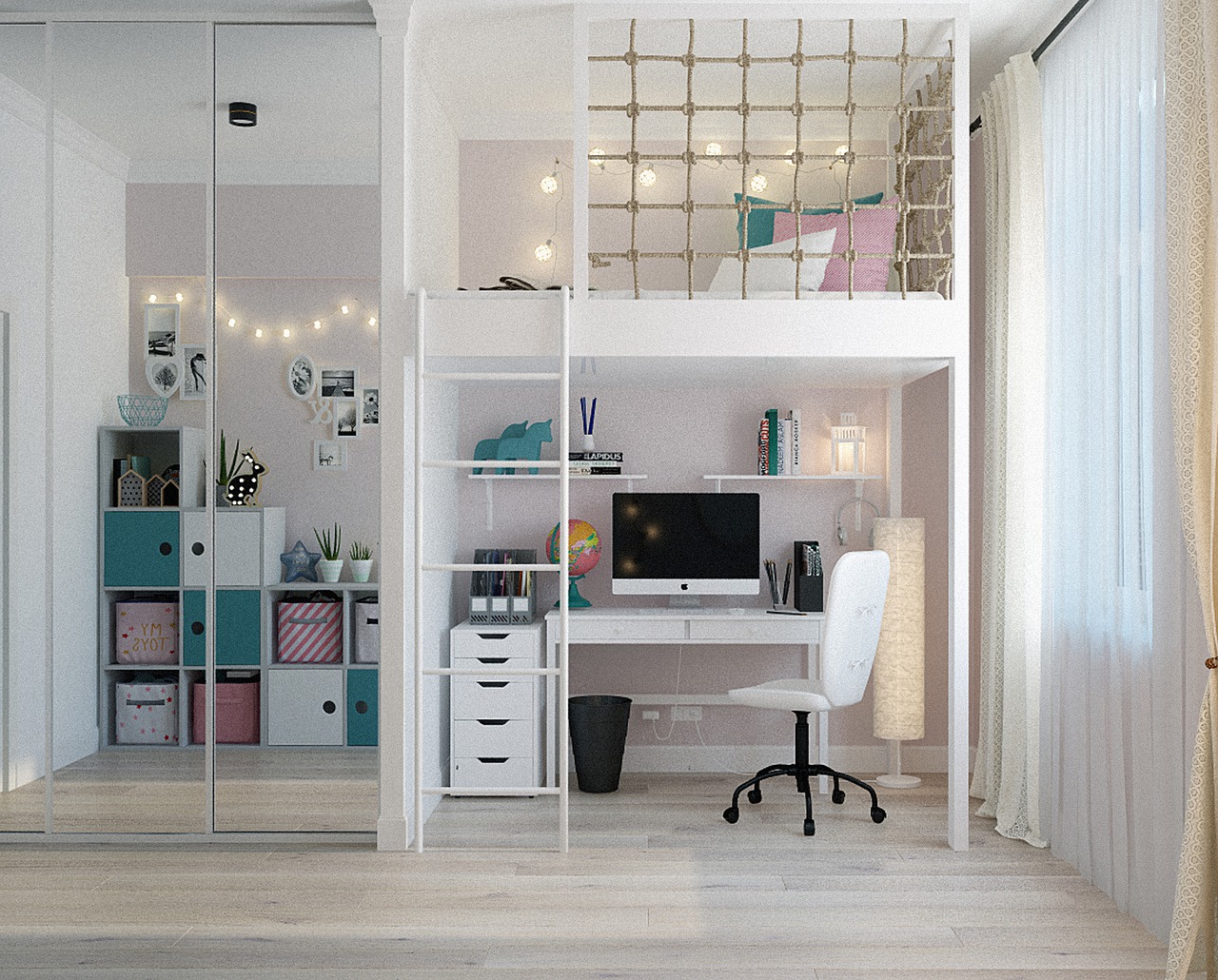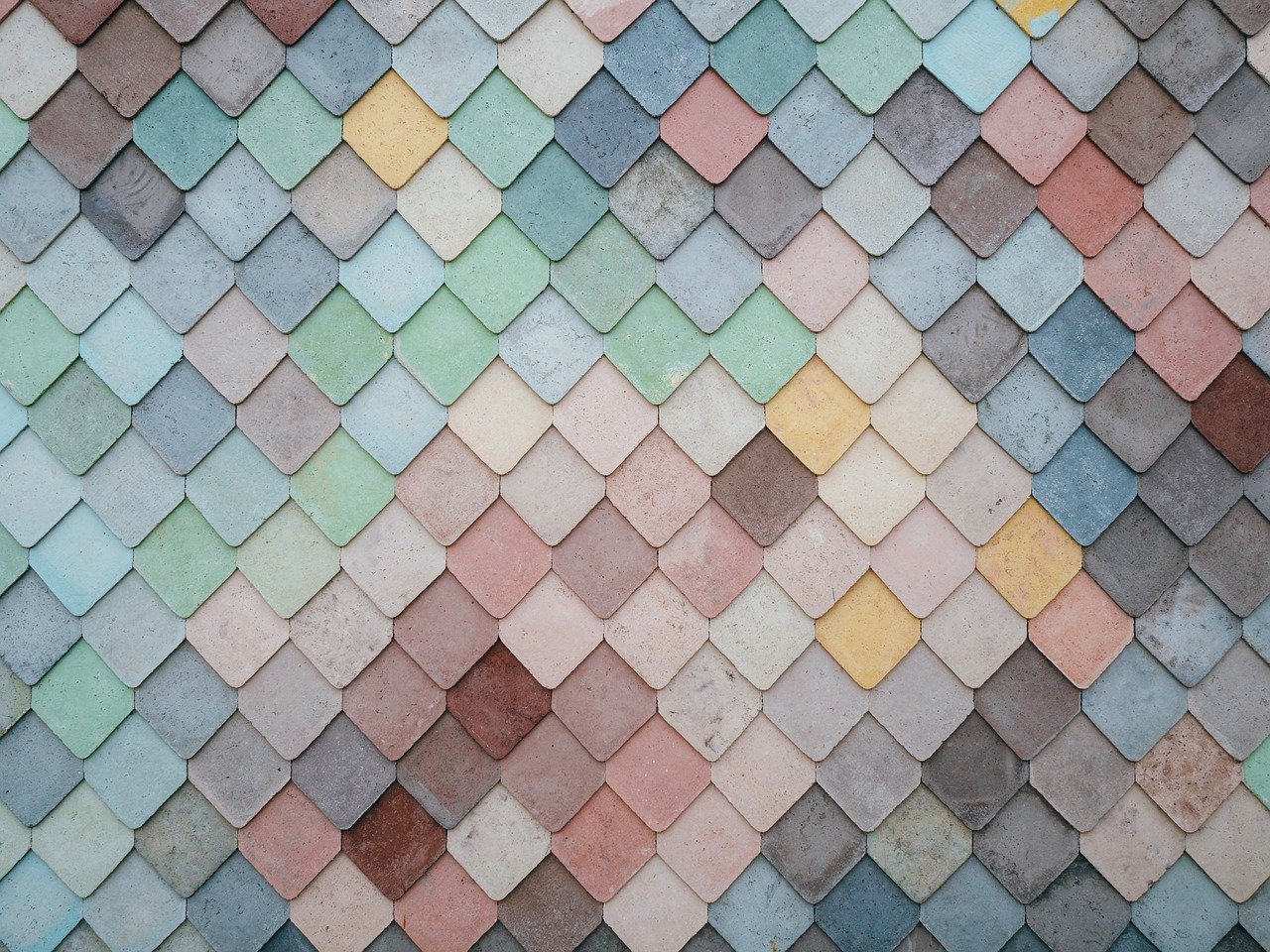The job title for this profession, which is steadily growing in popularity, is self-explanatory; these interior designers specialize in creating children spaces, most usually bedrooms. We were interested to learn why some interior designers make the decision to only ever design rooms for children and we thought you might find it interesting too.
Where and When it Started
It’s really difficult to pinpoint the exact moment this niche industry was born, because there have always been interior designers who preferred working with children spaces. Still, if we had to pick a date, we’d most likely choose the mid to late 2000’s when this personal preference started turning into a trend.
The first countries to start marketing this new fad were the US and Australia and it soon spread over Western Europe. It makes sense that this subset of interior design emerged in wealthy countries, because designers from other less affluent countries cannot limit themselves to one particular room in the house for obvious reasons.
Why Did it Start
The main reason why children interior design emerged is because, well, some people prefer designing rooms for children! There can be many reasons why that is:
- Freedom to experiment – while other parts of a house usually follow a certain line of design and perhaps traditional or conservative use of colours and furniture, a child’s bedroom/playroom tends to be a clean slate where one can try out something different, and even crazy. Sure, the client might want the child/ren’s room/s to complement the rest of the house, but that still allows for more experimentation than usual.
- Work with children – this is true for some projects where the clients include their child/ren into the process of creating their dream space. Children are naturally creative and fun to work with; the interior designer can even borrow some ideas to use in their practice. What’s more, a job well done will put a smile on a child’s face that the designer can never forget!
- Be the best – by choosing a niche sphere of interior design, you have the potential to become a specialist in your chosen sphere. You wouldn’t have to waste your time by designing the interior of the whole house, you would only ever design children spaces. Thus, you can be a better designer for such spaces as compared to designers who create all types of living spaces.
- Learn to work with other creations – since you’d be tasked with designing the children spaces, another designer would have already created the unique look of the house. It might be challenging to “finish” the house, but it would nonetheless be an exciting opportunity to work in tandem with a designer you might not even know without them even being there. Think of yourself as a composer who has to finish a piece and get inspired.
- Financial incentive – once you make a name for yourself as a children interior designer, more clients might employ you to jump on that trend and to also have someone who knows exactly what their kid/s want. This is one of the many advantages of choosing a niche sphere in basically every industry.
- Love your job – all in all, it comes down to your enjoyment of the work process. By picking your favourite type of interior design, you are sure to have fun working.
Trends in the Design of Children Spaces
Now that we outlined what children interior design is and what the advantages of being such a designer are, let’s talk about the current trends in design:
- Neutral colours – we’ve noticed that the traditional pink/blue has lately been missing. Parents increasingly go for neutral tones, which might signal the cultural societal shift moving away from traditional gender roles. The colours that keep popping up are beige, brown, white, and light green.
- “Less is more” – straight out of the Bauhaus rulebook, this trend brings a chic minimalistic look to the previously more eclectic child’s bedroom. However, you might also look at it from another point of view – fewer pieces of furniture/ornamentation translate to more space to play and create.
- Nature – this can mean a few things. One can choose natural tones for the child’s bedroom. It can also be a strict policy to only use natural materials like wood, or to bring more plants in space that traditionally didn’t include them.
- Sustainability – you can find this trend in almost every single interior design magazine. Parents are choosing natural materials that can survive the test of time, as well as recycled materials. Plastic is also a big no-no these days since we’re collectively trying to teach ourselves and our children to be more environmentally friendly.
- Vintage – both vintage and vintage-inspired pieces of furniture are popular choices for the contemporary children bedroom. Vintage and vintage-inspired toys are also very trendy.
- House beds – behold the successor of the race car bed. These beds can take many shapes and forms. For instance, you can find beds that have a “house frame” and others that look like gorgeous dollhouses with a little “door” the child uses to get in bed.
- Multi-purpose furniture – these pieces of furniture are perfect for smaller bedrooms. They can combine a chair with a table, a dollhouse and a chair, or a bed and a couch. These are some of the many examples of children’s multi-purpose furniture.



